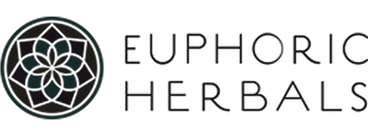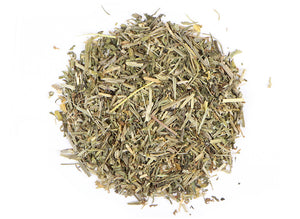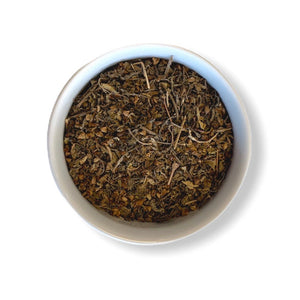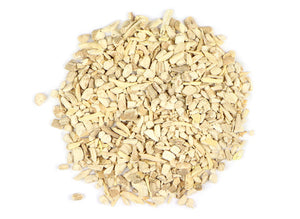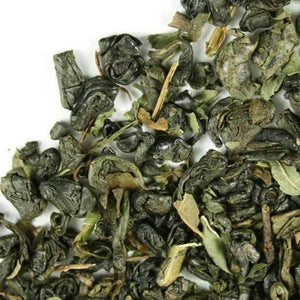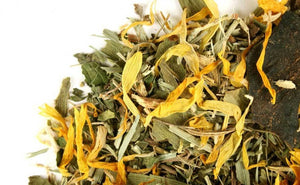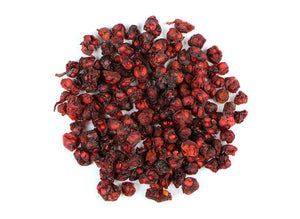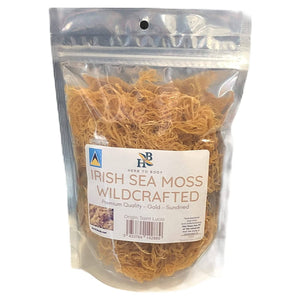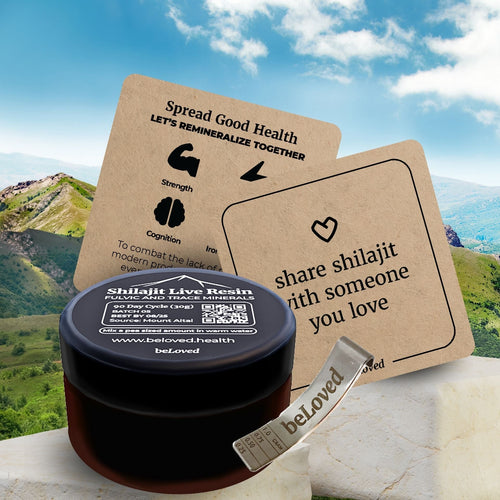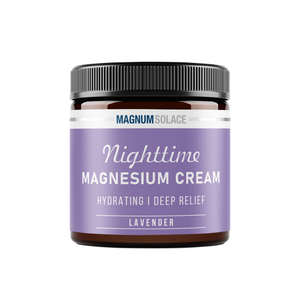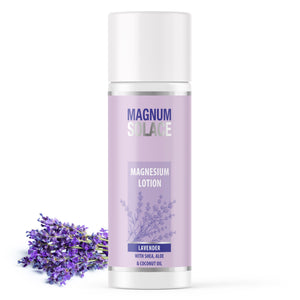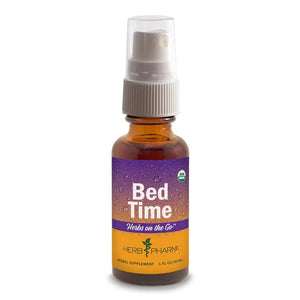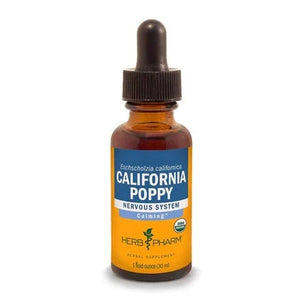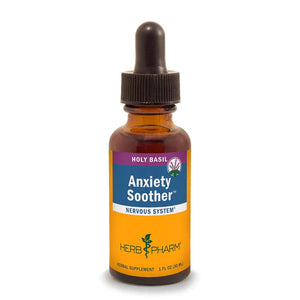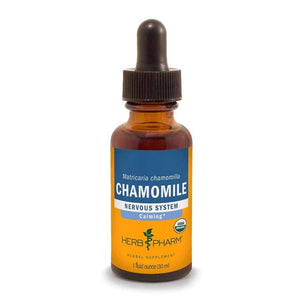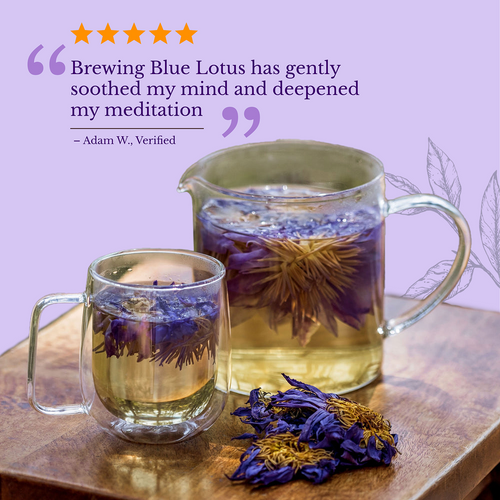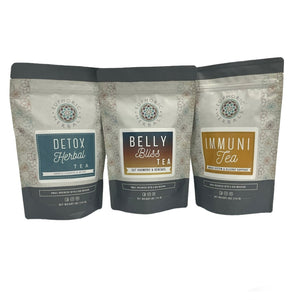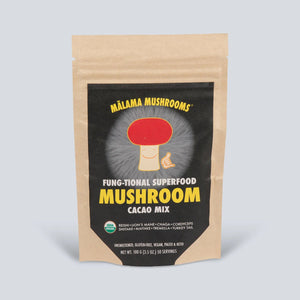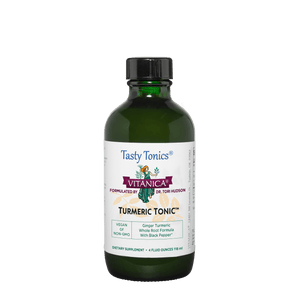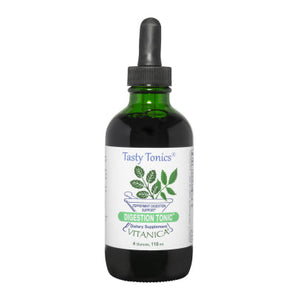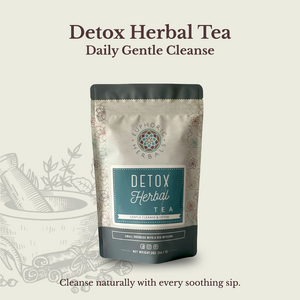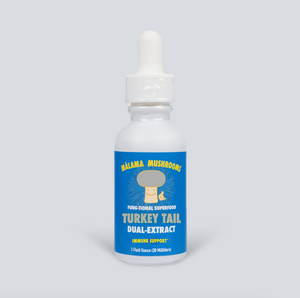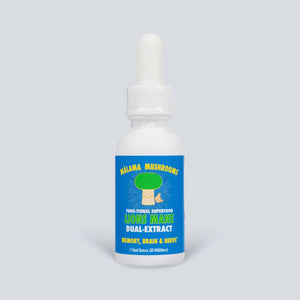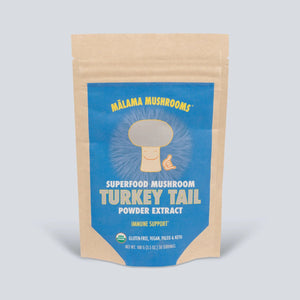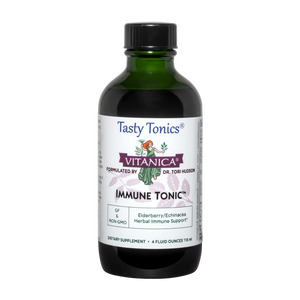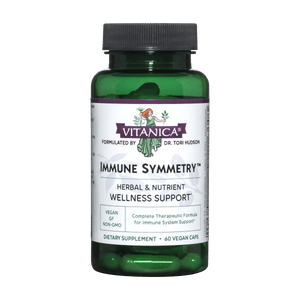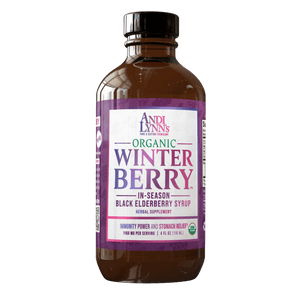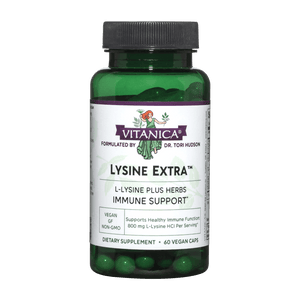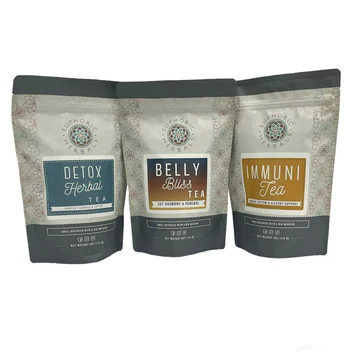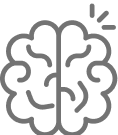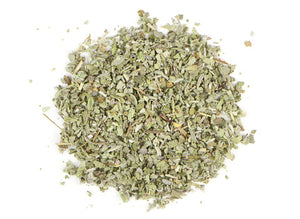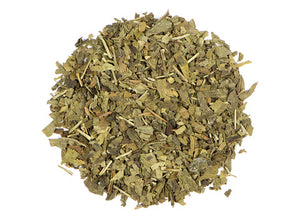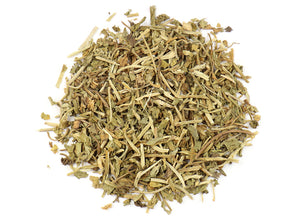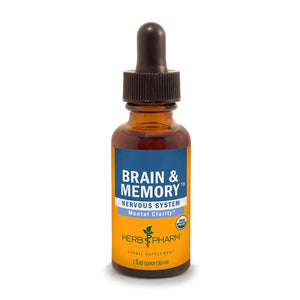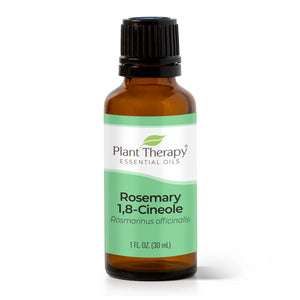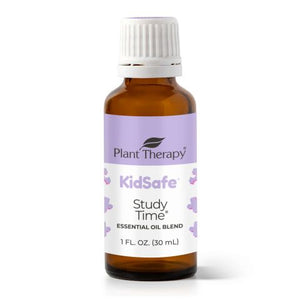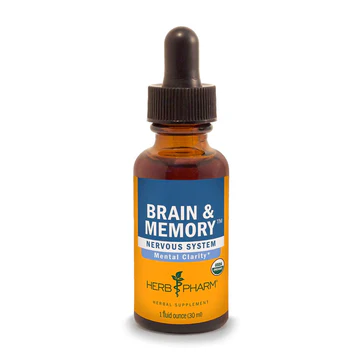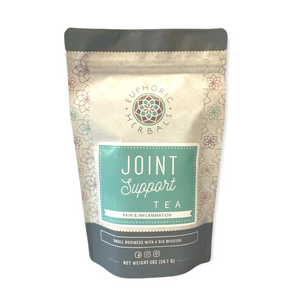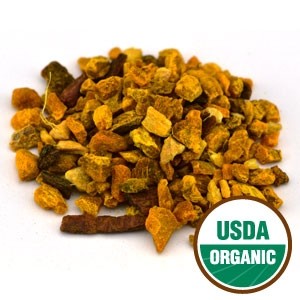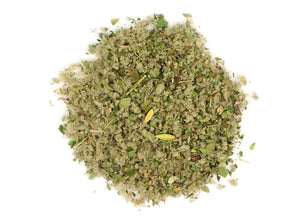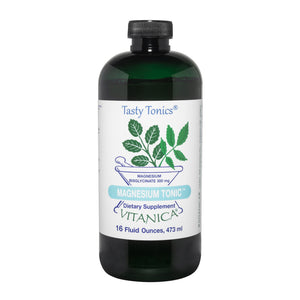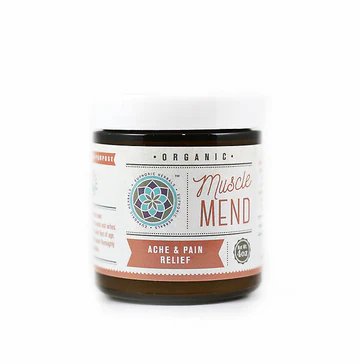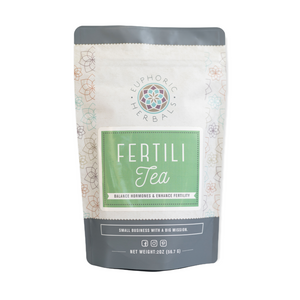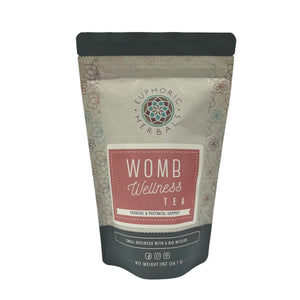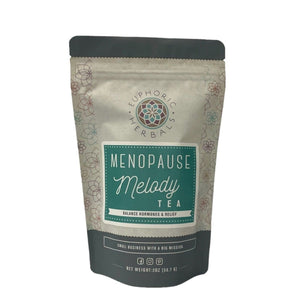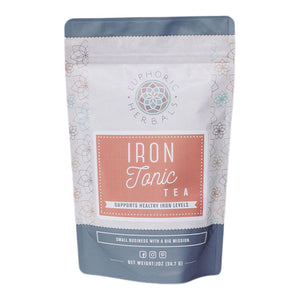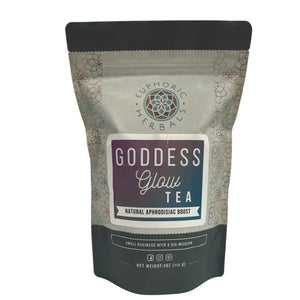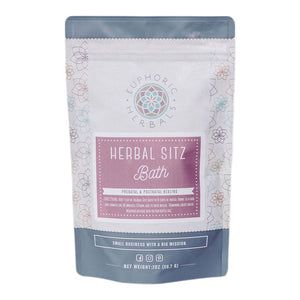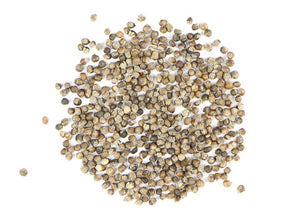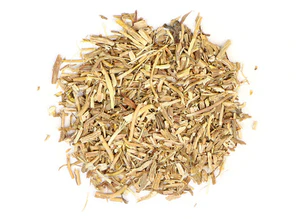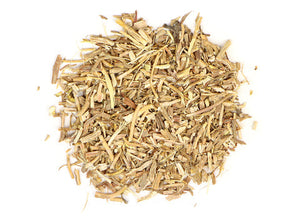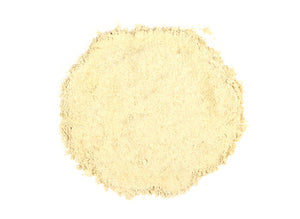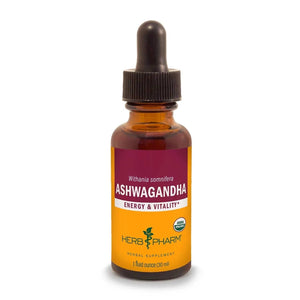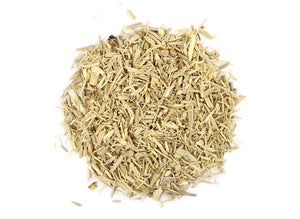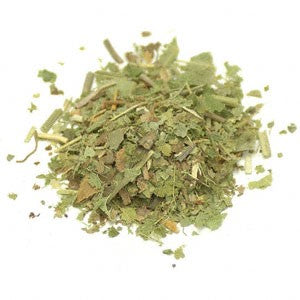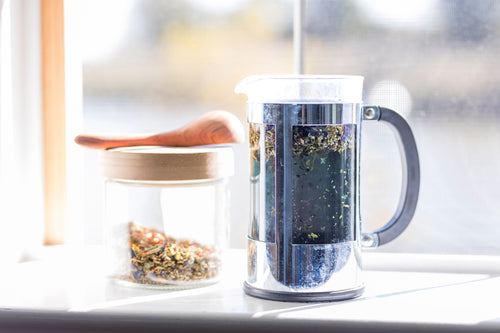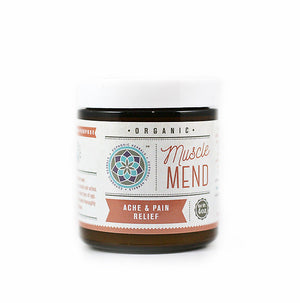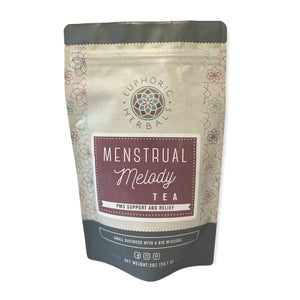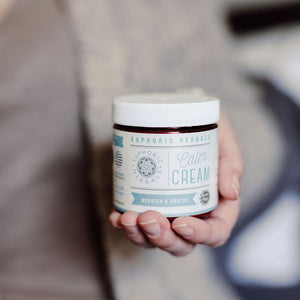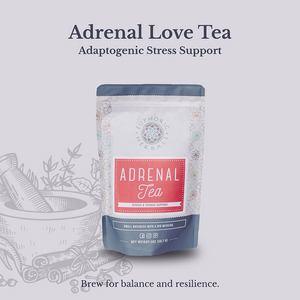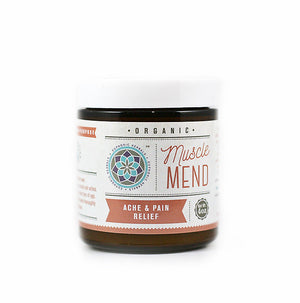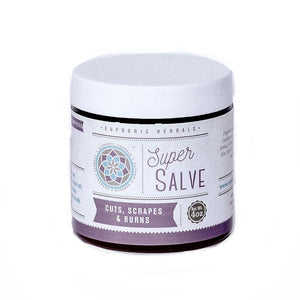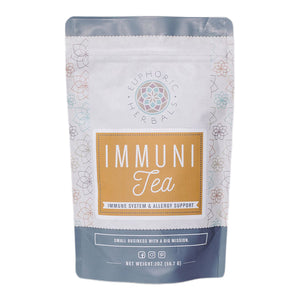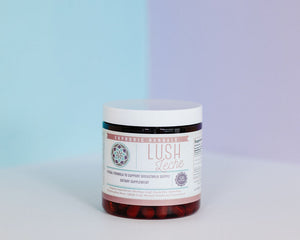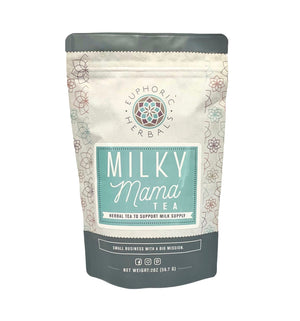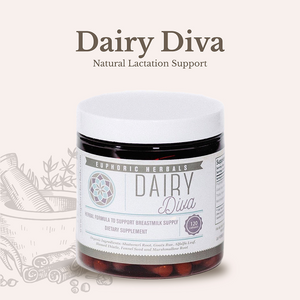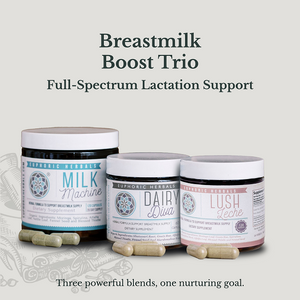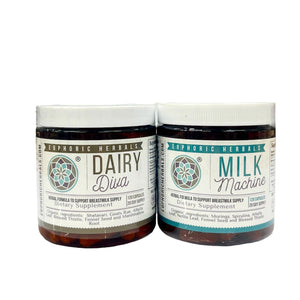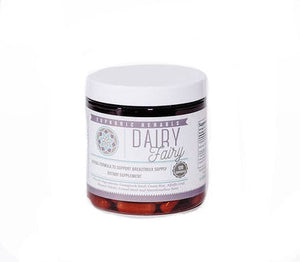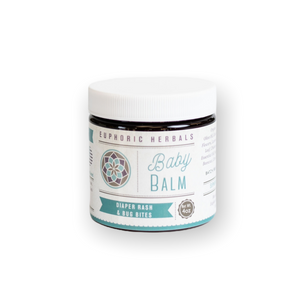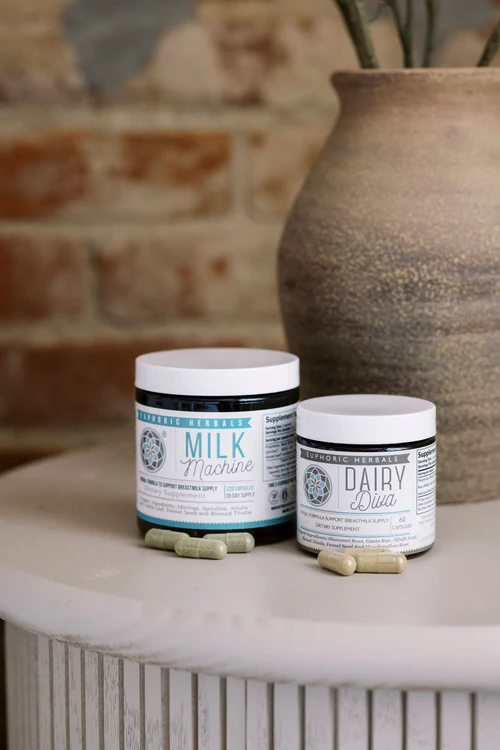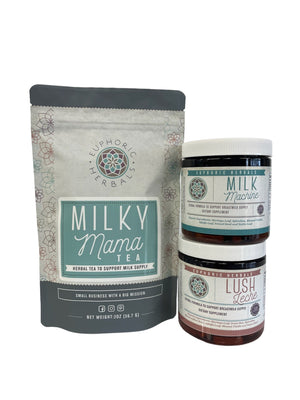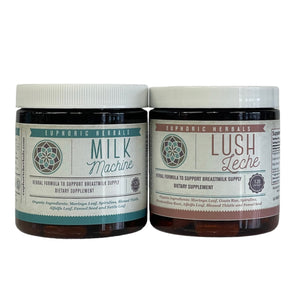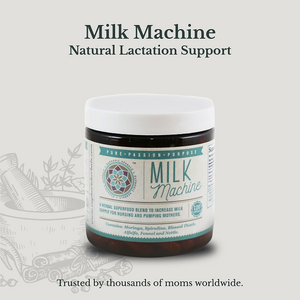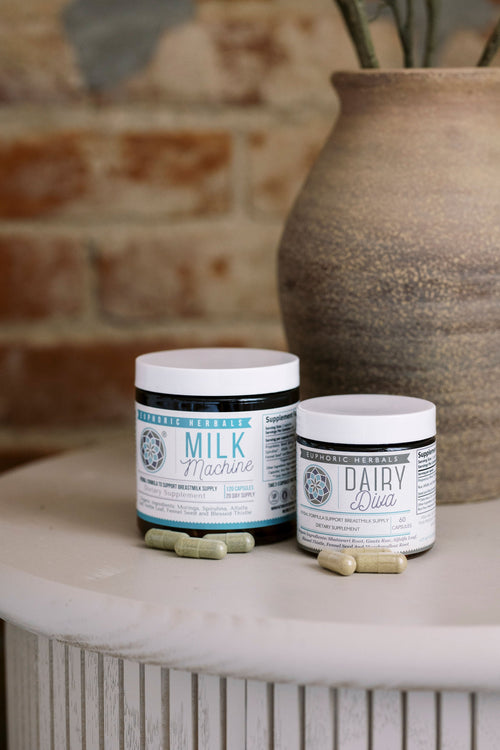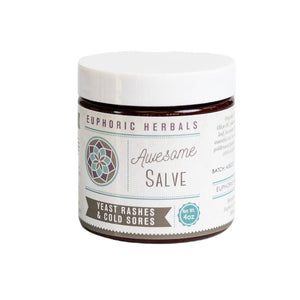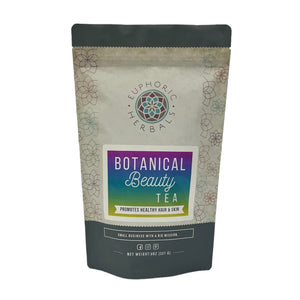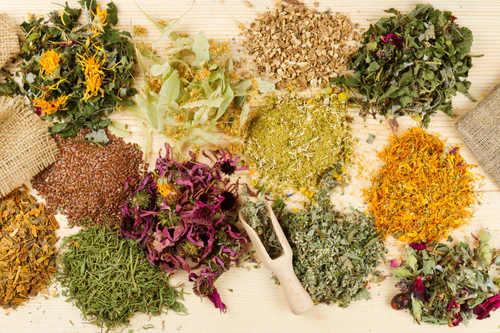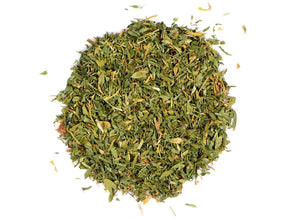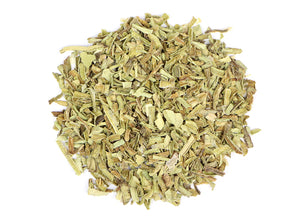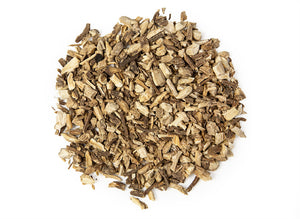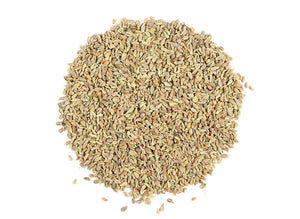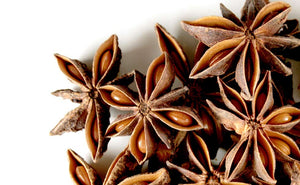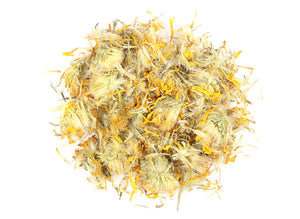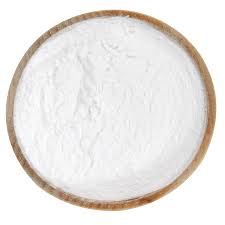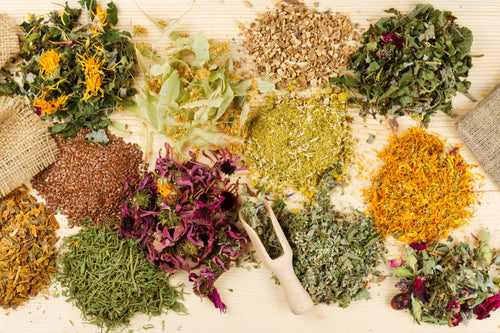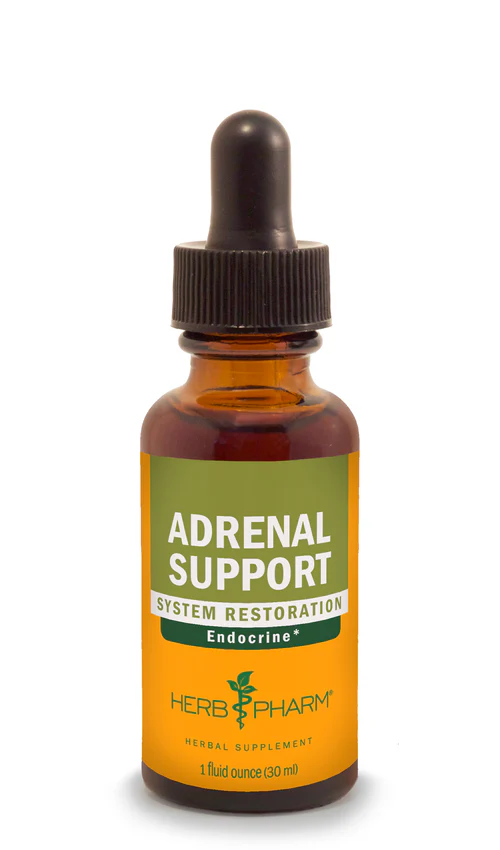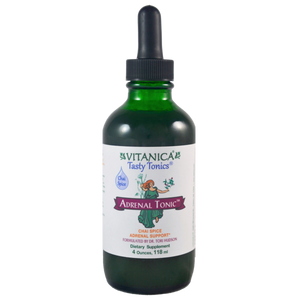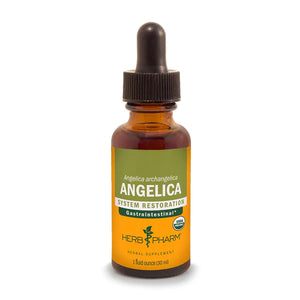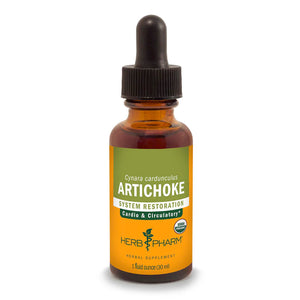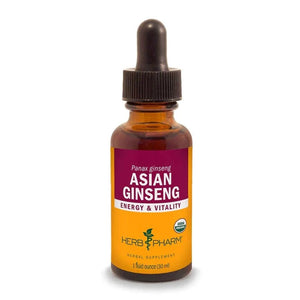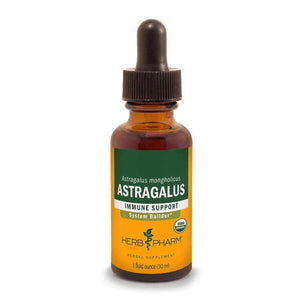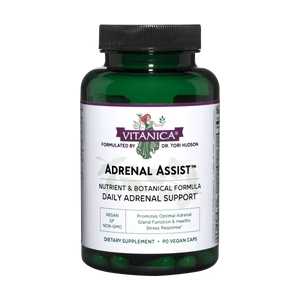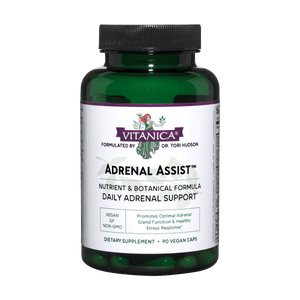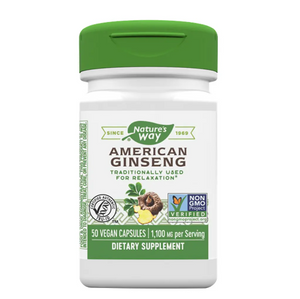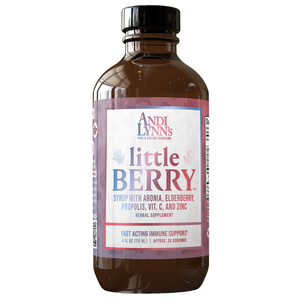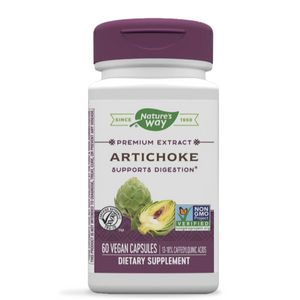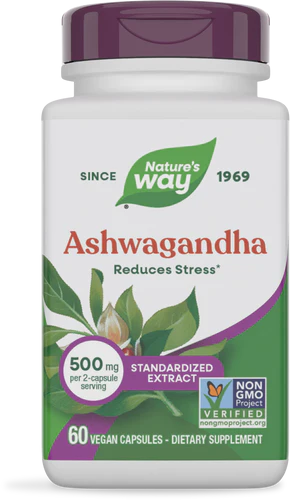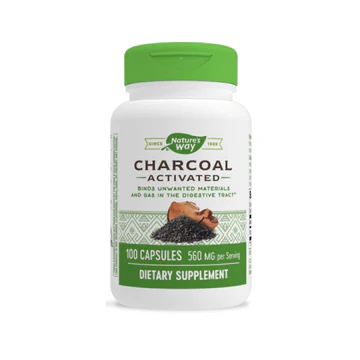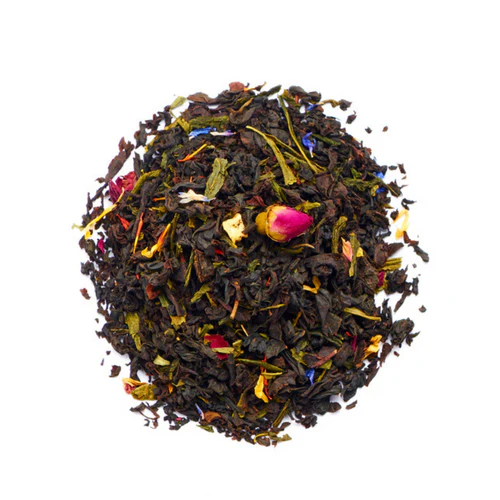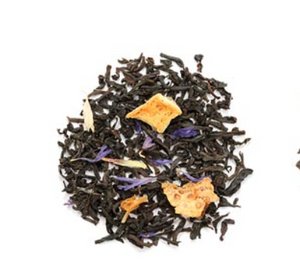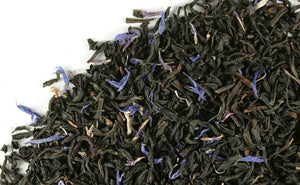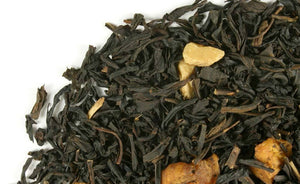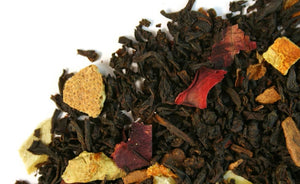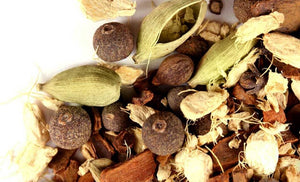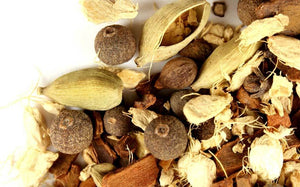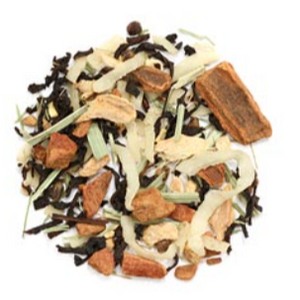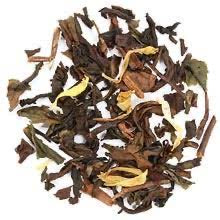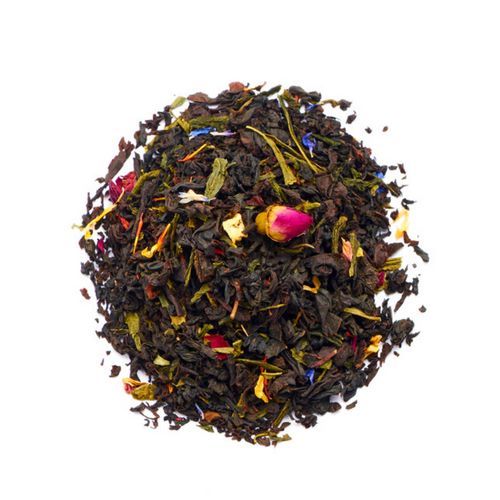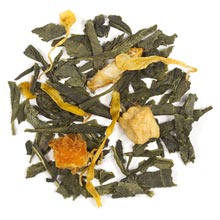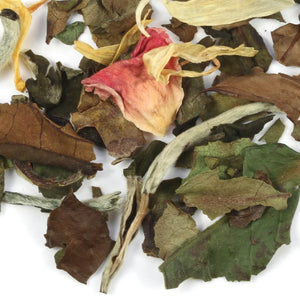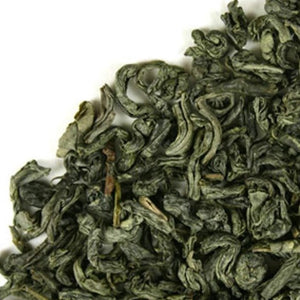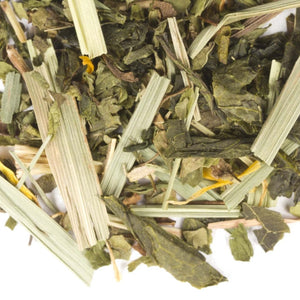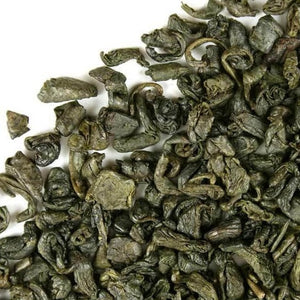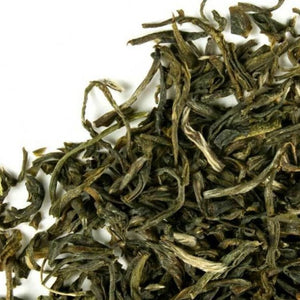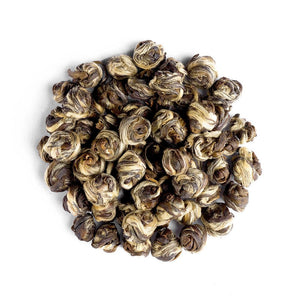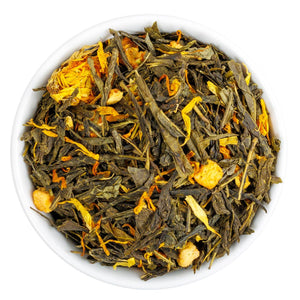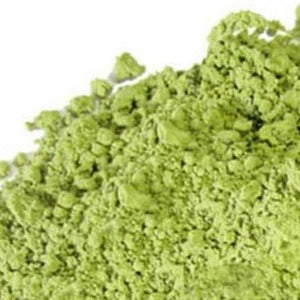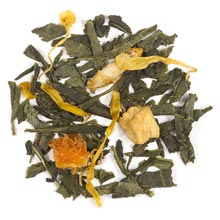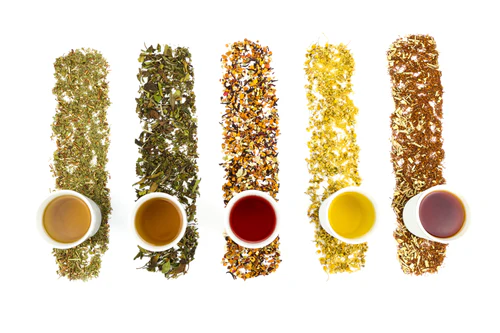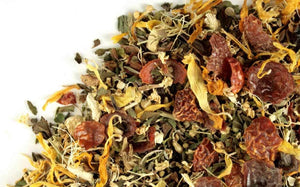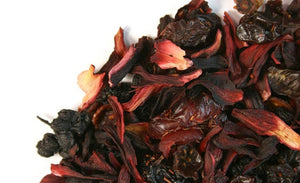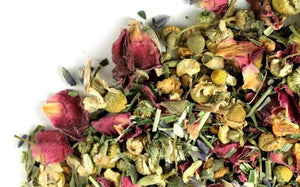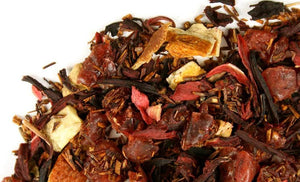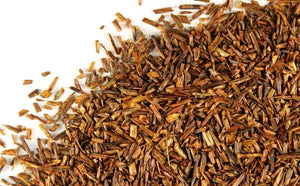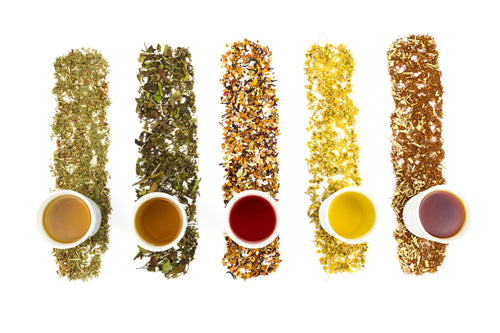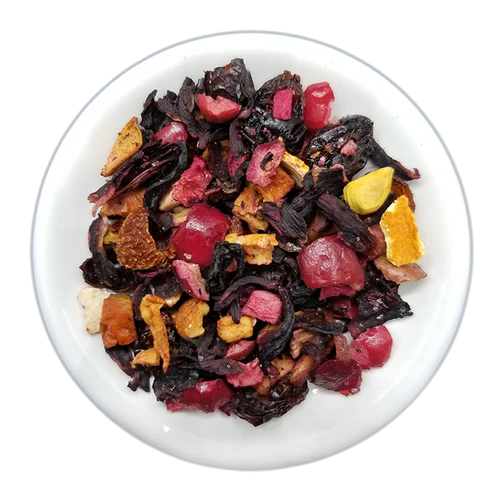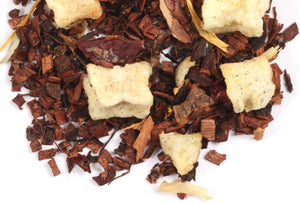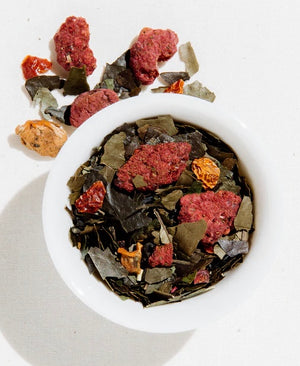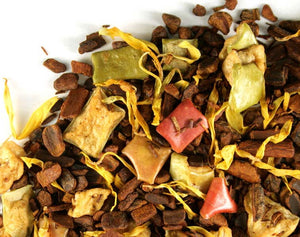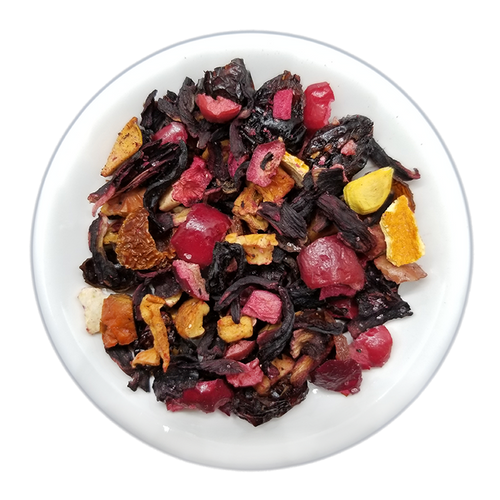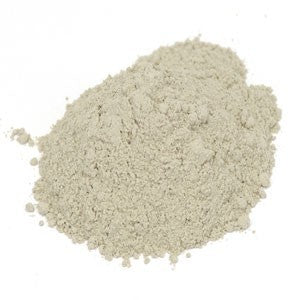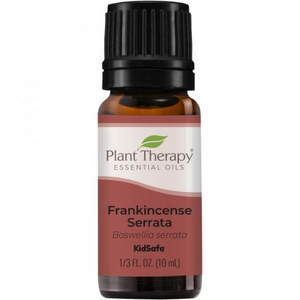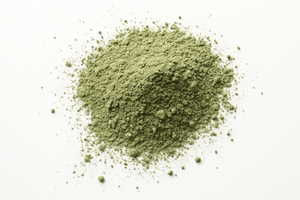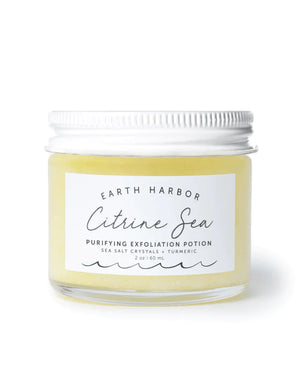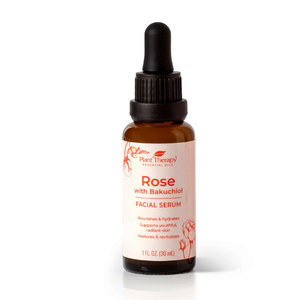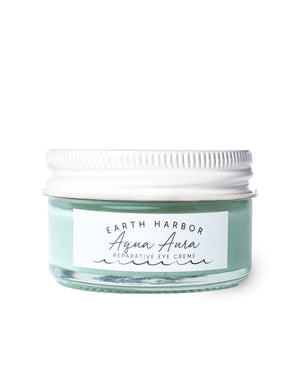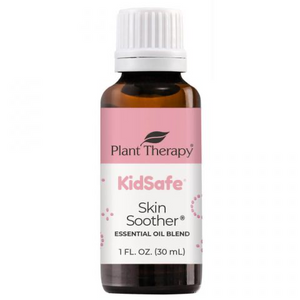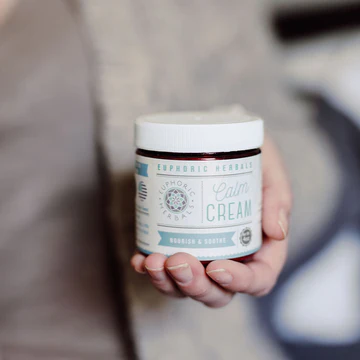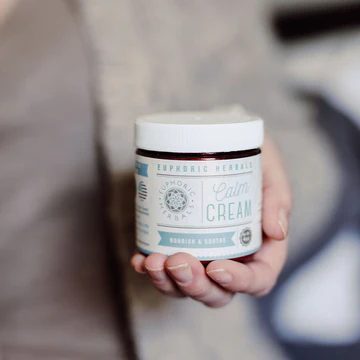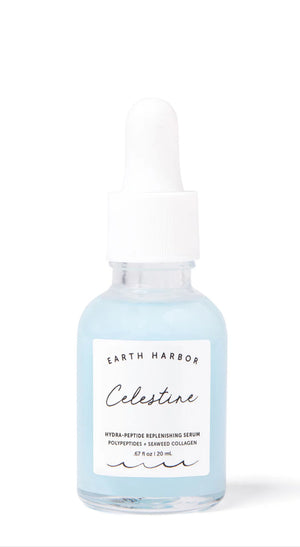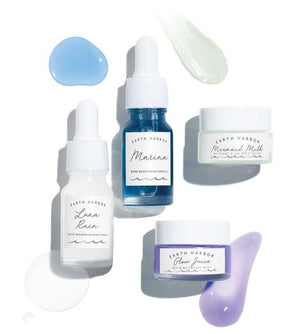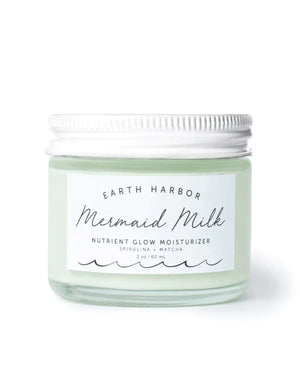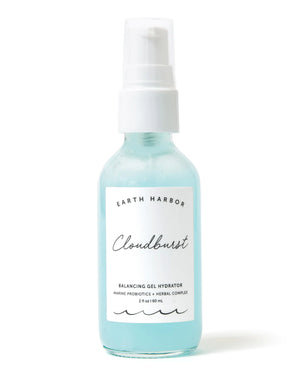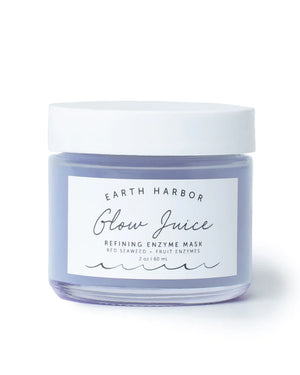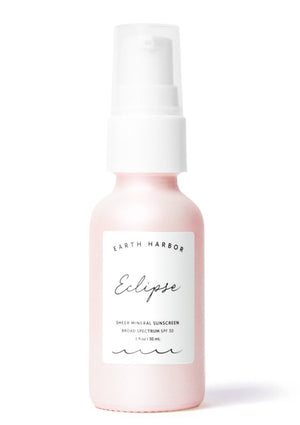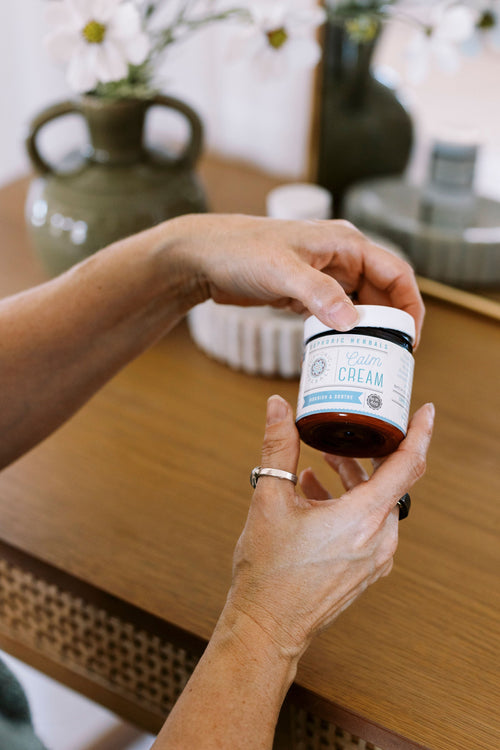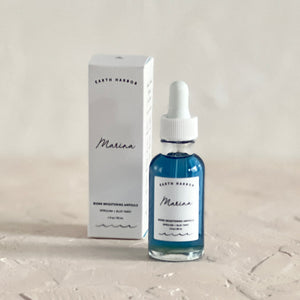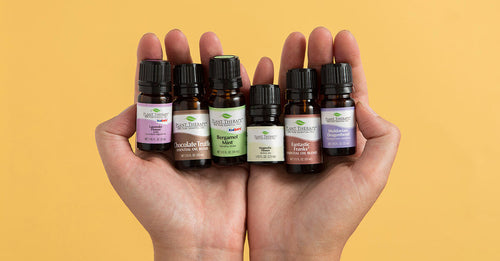Herbalism has seen a big resurgence lately in both a clinical setting and an everyday at-home setting. If you're just starting to look into it, you may find it somewhat confusing to sort through all the different herbal systems and how they each use herbs for wellness.
Though there are as many different types of herbalism as there are regions in the world, there are three main systems: Western herbalism, traditional Chinese medicine (TCM), and Ayurvedic medicine.
This article is a simple overview of Western herbalism, an herbal tradition that dates back to ancient times and is still going strong today. It will give you an idea of how it began, what it looks like today, and the approach it takes to imbalances in the body.
If you find that Western herbalism speaks to you, you may want to go deeper and learn how to practice it on your own!
Origins & History of Western Herbalism
Western herbalism has many ancient influences, including herbal medicines written about in the Egyptian Ebers Papyrus that was penned around 1500 BC.
However, its origins are usually considered to truly begin in the ancient Greek empire (around 400 BC) where physicians like Hippocrates and Galen began writing down their systems of medicine that utilized herbs, diet, and natural practices.
Something very notable about this point in time was that views gradually shifted from believing that sickness had a spiritual cause or was a punishment from the gods to recognizing that it was primarily of physical origin.
Much knowledge was likely shared from Indian, Chinese, and Egyptian herbal traditions, but the Greeks developed their own very distinct system of understanding both herbs and the human body.
From Greece, what is today known as Western herbalism spread throughout Europe. Both universities and monasteries became centers for translating herbal texts as well as documenting evolving practices.
With the invention of the printing press and its increasingly widespread use, herbalism exploded in Europe during the 15th-17th centuries and particularly found a home in Britain.
One especially influential English herbalist, Nicolas Culpeper, played a large role in bringing Western herbalism to America where it also put down deep roots. In this new home, European and ancient Greek practices blended with Native American medicine and African influences.
As you might imagine, there are many variations within Western herbalism, and each practitioner has a slightly different approach. However, there are some commonly followed principles that we'll take a look at next.
How Western Herbalism Approaches Health & Disease

When Western herbalism first began, medicine and the use of herbs were not separate practices like they are today. Instead, "conventional" methods like surgery were used alongside herbal preparations, diet adjustments, and so on.
Today, where herbalism mainly differs from modern medicine is how it views disease and health. It does not consist of a "use this herb for this disease" approach nor does it aim to simply treat symptoms.
Instead, herbs are used to address imbalances within the body and provide the body with what it needs to rebalance and heal itself. Herbalists usually seek the root imbalance or cause of a specific problem and tackle that as well as symptoms.
To do this, Western herbalism often looks at the actions and energetics of specific herbs and how to use them to support the body system(s) in need of help.
Actions and Energetics
Energetics played a large role in ancient Greek medicine and still remain important for many Western herbalists today.
The basic principle is easy enough to understand. Both herbs and physical conditions are classified by four energetic classes: hot, cold, damp, and dry. However, fully comprehending energetics is more complex than you would think.
Heat, for example, is not just represented by a high body temperature (as in a fever). Flushed skin and a quick temper can also represent heat in the body, while cold is associated with slowness and thicker fluids. Dryness and dampness similarly have specific characteristics.
Herbs have energetic properties as well. Cinnamon is a great example of a hot, drying herb, while marshmallow root is cool and damp.
As you can begin to see, this system of energetics helps herbalists select the right herbs for the right issue.
For example, imagine someone has indigestion, which is a very general issue, but also has signs of heat and dryness. In this case, ginger root (one of the most popular herbs for stomach issues) may not be the best choice because it's hot and drying and may worsen the imbalance. Peppermint, which is more cooling, may be a better option or even slippery elm, which is moistening.
Along with energetics, each herb also has specific actions. There are too many to list here but here are several common ones: adaptogen, astringent, bitter, carminative, demulcent, diaphoretic, expectorant, cholagogue, and sedative.
The actions are considered alongside energetics to choose the right herb(s) for each person.
Supporting Body Systems

One of the hallmarks of all herbal approaches to health is that they focus on addressing entire systems in the body rather than narrowing down to the microscopic level (this specific bacteria, this specific disease, etc.).
Western herbalism is no exception and has the goal of bringing a specific organ (the lungs, for example) or system (the nervous system, for example) back to its proper function rather than "prescribing" an herb to treat symptoms.
That's not to say herbalists won't use herbs that can help with symptom relief, but the main goal is to get to the root of the problem and restore balance.
Unfortunately, this is why many people who have only known modern medicine decide herbalism "doesn't work". They are used to taking a pill and immediately getting a result, but that's not how nature operates.
Herbalists understand that if a problem has been developing for years, it won't go away overnight. They choose the best herbs to help with immediate issues and the ones that will support the organ or system over time for true recovery.
Modern Day Western Herbalism
Western herbalism has kept many of the principles it started with but has, of course, evolved over time.
One of the biggest differences you'll see today is that many herbalists keep up with modern research studies on specific herbs to get more information about them. They are also more likely to recommend purified herbal formulas rather than homemade ones, which may or may not be a good thing, depending on who you ask.
The most important thing to remember if you are interested in studying Western herbalism is that research can be insightful but it will never take the place of learning from an experienced herbalist and the herbs themselves.
You may be tempted to simply buy the latest herbal supplement, but you'll need to work with the real herbs (dried or fresh) to truly learn what they can do.
Common Preparations & Herbs

There are many different preparations that are used in Western herbalism. Infusions and tinctures are the two most common, but herbalists also make use of whole and ground herbs as well as salves, oils, and creams.
You'll also see many different herbs used, including some like turmeric and astragalus that are associated with Ayurveda or TCM. However, many of the staples are native to or commonly cultivated in Europe and North America:
- Chamomile
- Lavender
- Fennel
- Plantain
- St. John's wort
- Echinacea
- Milk thistle
- Dandelion
- Red clover
- Peppermint
- Yarrow
At the end of the day, remember that this is just a brief and simple overview of Western herbalism, the traditional methods, and herbs used.
If you want to learn more and go deeper into the herbs, you can find a course, look for a local mentor, read a book (particularly one by Rosemary Gladstar), or simply start using herbs in your daily life.
Disclaimer: This post is for informational purposes only. It does not constitute medical advice and should not be substituted for medical advice. Please consult your health care provider, herbalist, midwife, or naturopathic physician before taking herbs, supplements, etc. Here's the link to our full disclaimer.
